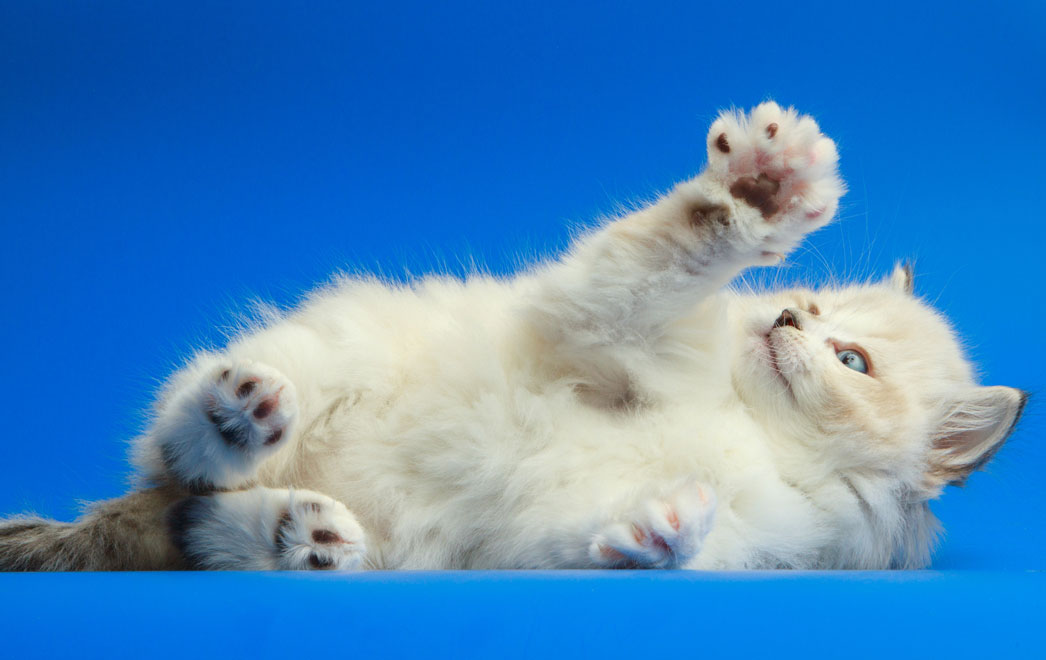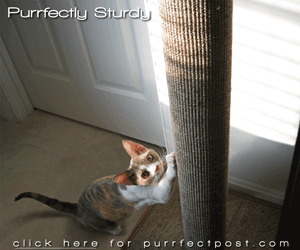Declaws Banned in New York

At CatScratching.com, we feel strongly that declawing cats is inhumane. We're excited to learn that, as of July 2019, declaw surgeries are banned in the state of New York.
We applaud New York's decision and support similar legislation in other cities and states.
Why Is Declawing Cats Inhumane?
The surgery to remove a cat's claws and keep them from ever growing back is an amputation. It requires cutting tendons, nerves, and blood vessels at the first joint of each toe and then sealing the incision.
When a cat wakes up from the multiple amputation surgery (10 sites for a front declaw, 18 for a four-paw declaw), he must immediately walk on the amputation sites. That is an excruciatingly painful thing to do. The surgery carries a high rate of complications, including opening of the incisions and infection of the surgical sites.
As the declawed cat gets older, further complications can occur, including arthritis in the joints at the amputation sites and those above them because the cat's entire gait change when he is declawed. That's because cats are digitigrade, which means they walk on their toes rather than on their feet like humans, who are plantigrade.
Cats often exhibit personality changes after they're declawed. Many of them show signs of chronic pain and lameness. Additionally, they may be quicker to bite people or other pets because their primary security sources—the claws—are gone.
Many declawed cats develop inappropriate urination habits directly related to losing their claws. That happens because, in the days and weeks following the surgery, getting into the litter box and digging around is extremely painful, and they associate that feeling with the box and avoid it.
How to Deal with Cat Scratching
Many people have their cats declawed because they want to deter unwanted scratching of items, people, or other pets in the home. But there are effective ways of deterring that normal cat behavior other than using surgery.
Scratching posts that are tall, sturdy, and covered in sisal fabric, placed in high traffic areas of the home, are ideal for creating a great scratching environment that will help keep your cat's inappropriate scratching to a minimum. You can learn more about how to choose posts, where to place them, and how to deter inappropriate scratching in these articles:
"How to Choose the Best Cat Scratching Post."
"How to Train Your Cat or Kitten to Use a Scratching Post."
"Train Your Cat to Stop Scratching Your Sofa in 7 Days or Less."
Soft Paws vinyl claw caps are a fantastic way to mitigate cat scratching damage. They slide over a cat's claws and stay in place with non-toxic adhesive. Once your kitty gets used to them, they can stay on for up to 6 weeks. Then they fall off, and you can reapply new ones. You can learn more here: "Soft Paws: The Quick and Cheap Declaw Alternative."
If you're interested in joining in the fight to ban declawing in more places, like New York has already done, head over to the Paw Project and join in.


